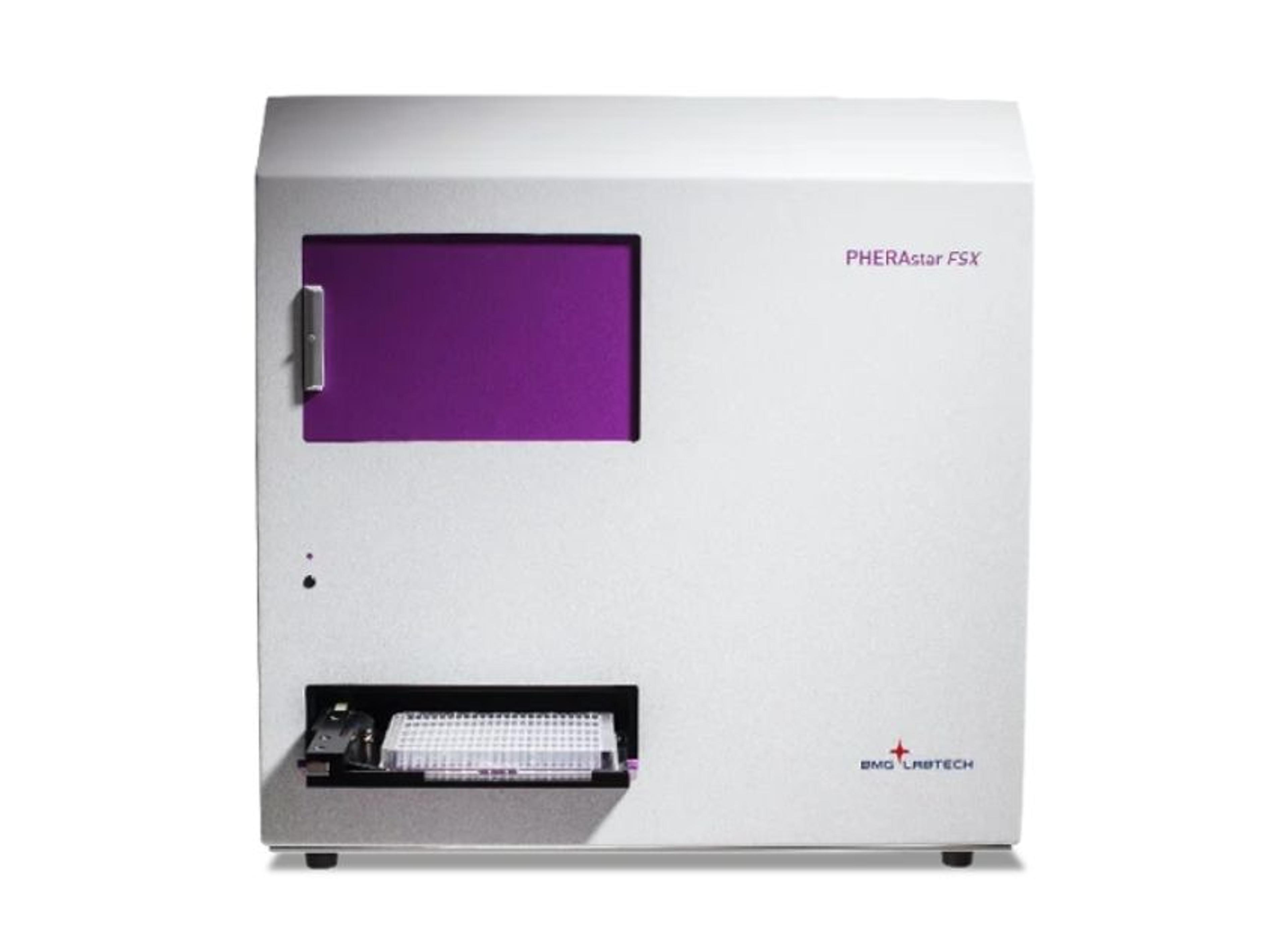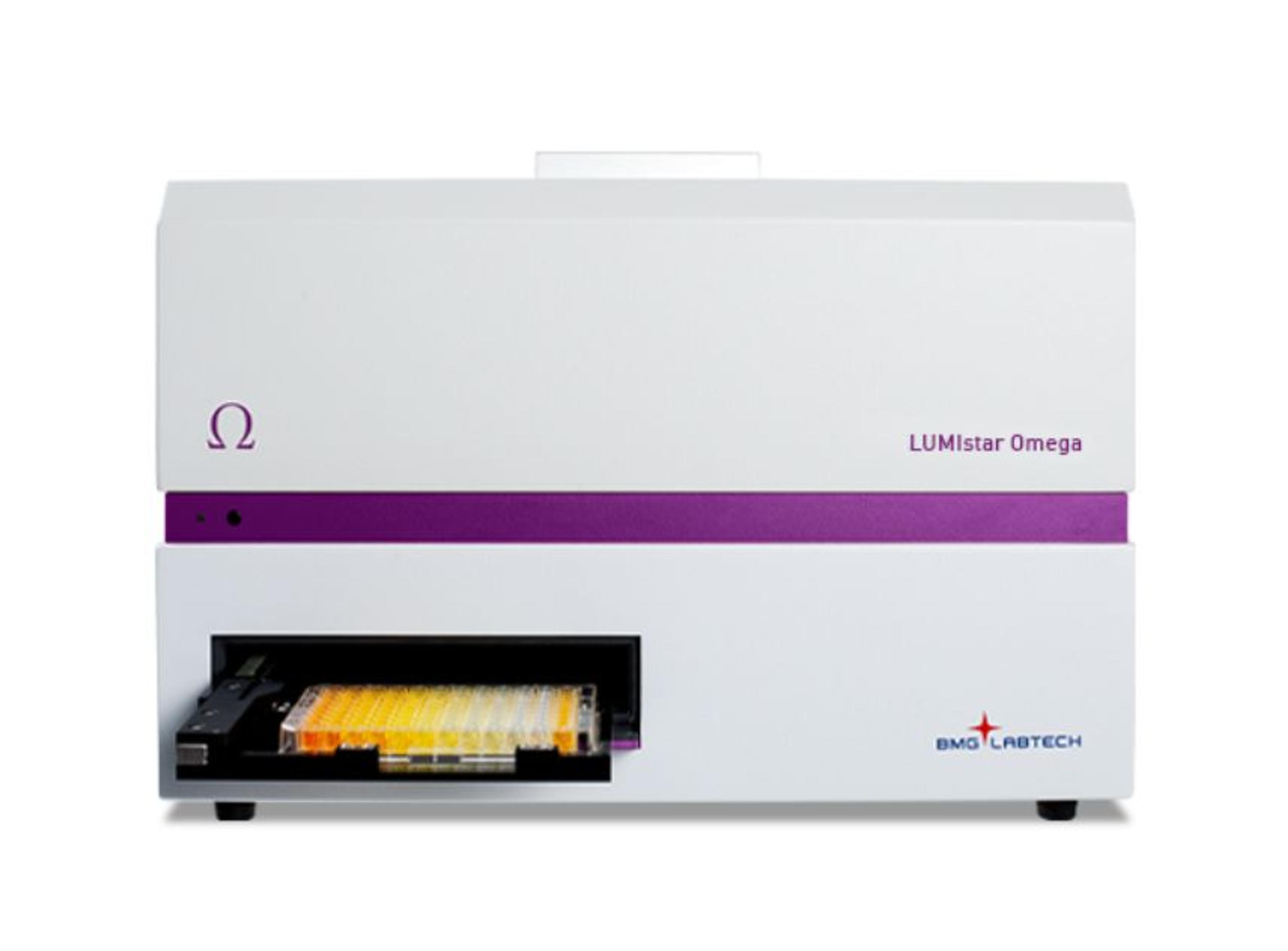Researchers Put the Paradigm of Endless Endpoint Assays in Biased Agonism Studies to Question
BMG LABTECH’s readers are used to measure binding kinetics over minutes
18 Apr 2016Single reading events of a signaling molecule at a given time should no longer be considered as the only insightful indicator to predict the usefulness of a new drug candidate. In fact, the authors of a new study claim that it is necessary to explore the kinetic context of the binding event instead.
So far, it was very hard to run time-based kinetics in Time-Resolved Fluorescence (TRF) due to the requirements of the assay kits. Researchers now measured binding events in a kinetic over minutes, using BMG LABTECH´s microplate readers and detecting Time-Resolved FRET signals and real-time live cell based biosensors by BRET.
A monitored receptor-ligand binding event (biased agonism) is not sufficient to predict the usefulness of a new drug candidate. This is claimed by Australian researchers of the Monash University in collaboration with the universities of Nottingham (UK) and Columbia (NY, USA). The recently published Nature paper “The role of kinetic context in apparent biased agonism at GPCRs”, Herenbrink et al., 2016, show that it is necessary to explore the kinetic context of the binding event resulting in Dissociation constant (KD), kon and koff values instead of a single time point. To prove this thesis, the dopamine D2 receptor, a common GPCR, was studied in combination with selected agonists for multiple signaling pathways.
The bias profile of a series of agonists for the dopamine D2 receptor changed dramatically in case the ligand-binding kinetics as well as the kinetics associated with different cell signaling processes were considered. In some cases, it even led to reversals in the direction of bias. This should be taken into account by every researcher who is designing and interpreting biased agonism studies.
BMG LABTECH’s microplate reader PHERAstar® FS was used to detect fluorescent ligand-binding assays of Time-Resolved FRET signals. Kinetic acquisitions at intervals of 20 seconds were recorded for up to 90 minutes using the standard HTRF® instrument settings. Agonist-based receptor stimulation was further monitored using BRET-based biosensors. BMG LABTECH´s PHERAstar® FS and LUMIstar® Omega equipped with BRET-specific optics were used to capture the signals. Both readers enable the detection of end point signaling assays with HTRF with ease, but they can also detect the most sensitive and fastest real time cell based analysis using live cell biosensors.


